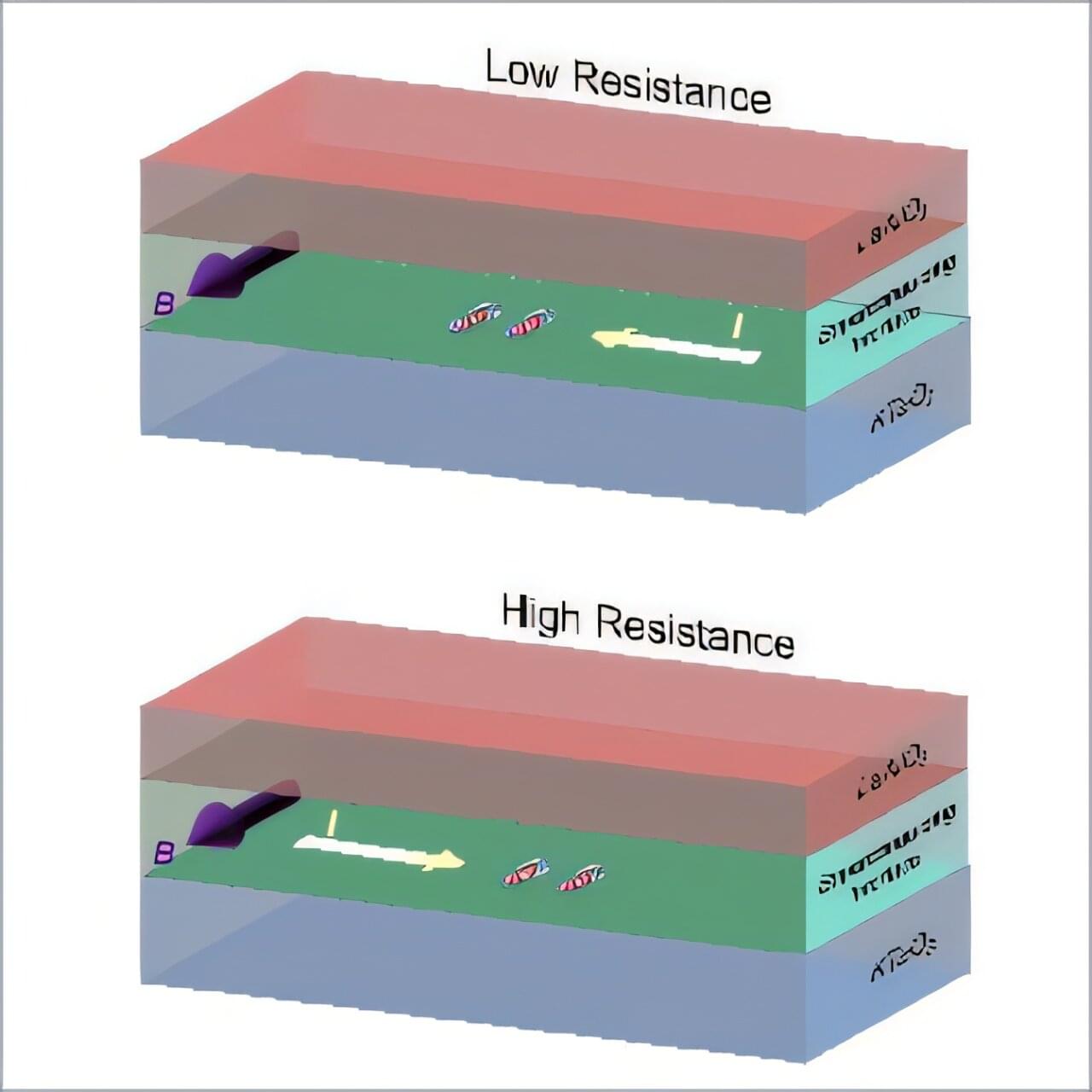These black holes were whirling at speeds nearly brushing the limits of Einstein’s theory of general relativity, forcing researchers to stretch existing models to interpret the signal.
Breathtaking images of gamma-ray flare from supermassive black hole M87
“Black holes this massive are forbidden by standard stellar evolution models,” says Professor Mark Hannam from Cardiff University. “One explanation is that they were born from past black hole mergers, a cosmic case of recursion.”






